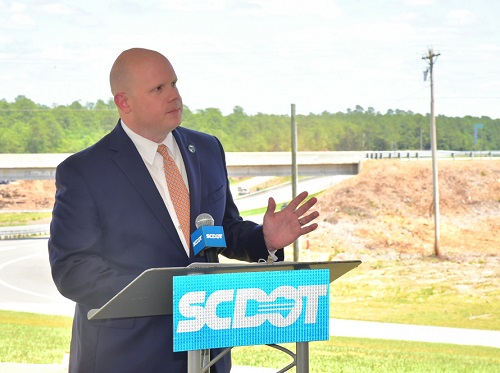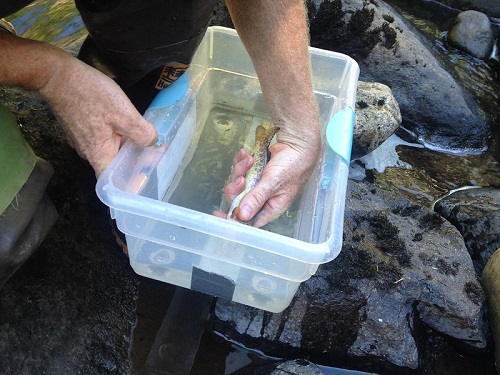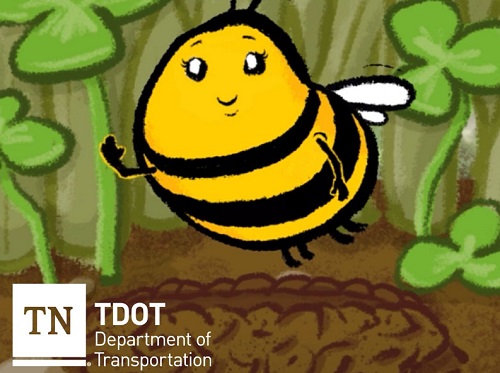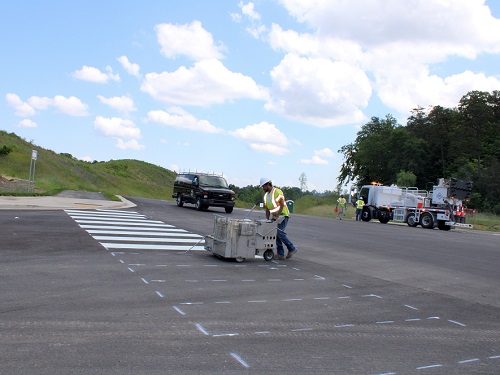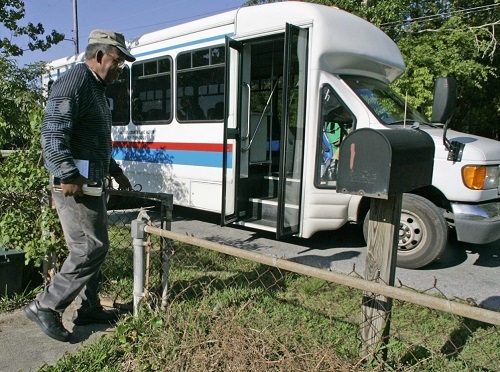The South Carolina Department of Transportation, in collaboration with Dominion Energy and the Town of Sullivan’s Island, recently helped revamp a 2024 utility project to eliminate the need to remove more than 500 palmetto trees.
[Above photo via SCDOT]
After further consideration and with support from SCDOT and the Town of Sullivan’s Island, Dominion Energy has agreed to a new plan that scales back the initial cutting by 269 trees. In addition, SCDOT and Dominion Energy will each contribute to a local non-profit to support the replanting of new palmetto trees and other species on the island.
Nine of the trees that have been classified as historic palmettos will be relocated around Fort Moultrie, the agency added.
“The Palmetto Tree is the State’s tree. It is a symbol of our pride in our community and an iconic representation of what it means to be a South Carolinian,” noted SCDOT Secretary Justin Powell in a statement.
“I’m proud of the work our SCDOT employees did to help navigate the safety issue at hand while ensuring we preserved as many of these historic trees as possible,” he said.
“Sullivan’s Island is where, in 1776, the palmetto earned its place on our flag and in our hearts, so this is a very positive resolution for the island and the state,” added Patrick O’Neil, the town’s mayor. “We greatly appreciate the efforts of Secretary Powell and the SCDOT team for their leadership in achieving it, and we thank Dominion Energy for their engagement and collaboration.”
State departments of transportation across the country are involved in a host of similar plate and tree preservation efforts.
For example, since mid-2023, a team of landscape architects from the Washington State Department of Transportation has worked with the University of Washington’s Botanic Gardens and Seattle Parks to select and plant native flora and create habitats for wildlife on Foster Island; an area that previously served as a construction zone for the 520 bridge project.
WSDOT noted that its work crews spent the last year moving topsoil, boulders, and trees into the former bridge construction zone – as well building irrigation systems and crushed rock paths to mark trails for park visitors.
Meanwhile, the Texas Department of Transportation is gearing up to support wildflower season along roadways statewide.
The agency has been planting and maintaining wildflowers on highway right of way since the mid-1930s and TxDOT Vegetation Specialist Travis Jez said the agency’s wildflower program works not just in springtime, but throughout the year.
And in Tennessee, a new $3 million-plus state DOT landscaping project will seek to beautify a long stretch of highway in the Chattanooga area.
The Tennessee Department of Transportation said the U.S. 27 landscaping project – awarded to Stansell Electric Company – will include the planting of trees, shrubs, prairie grasses, wildflowers, and a variety of other ground cover crops as well as the installation of an irrigation system.

